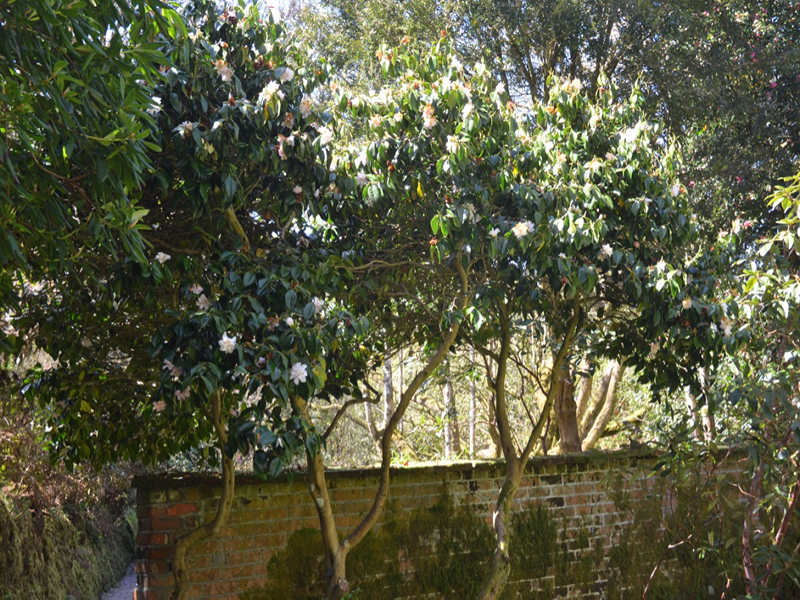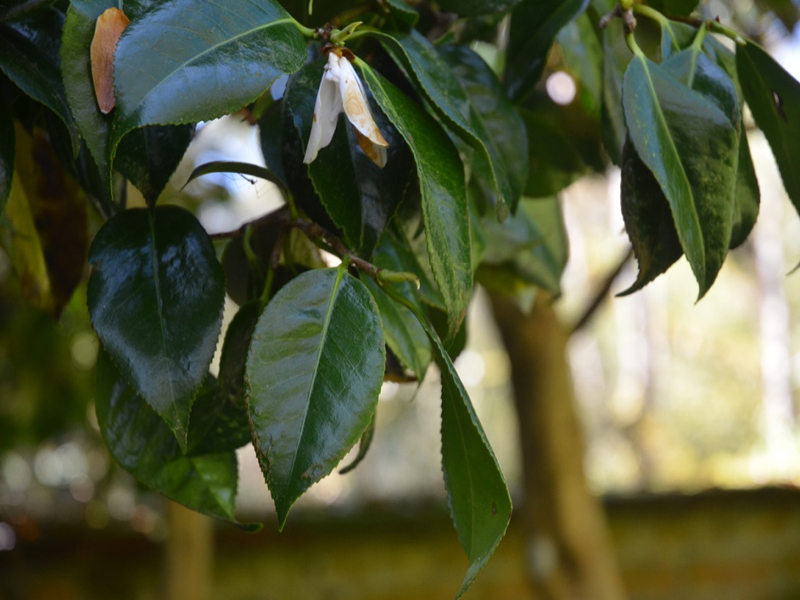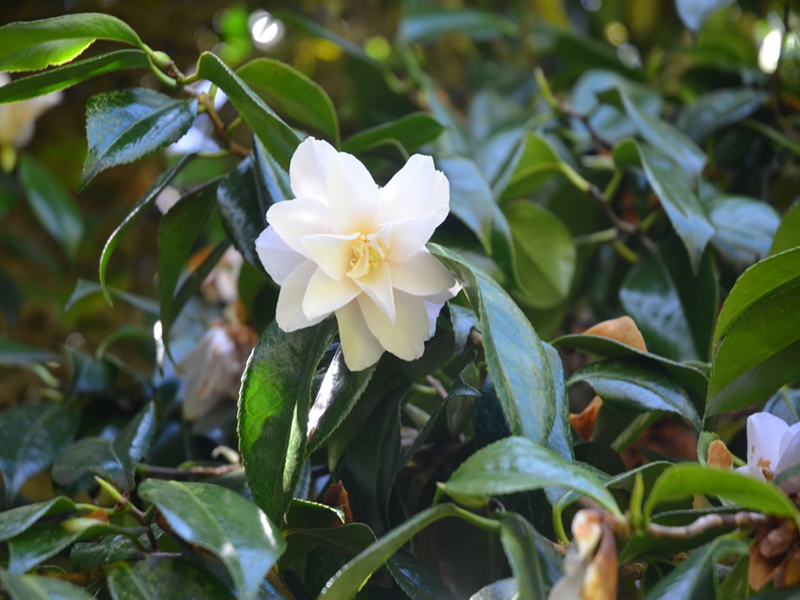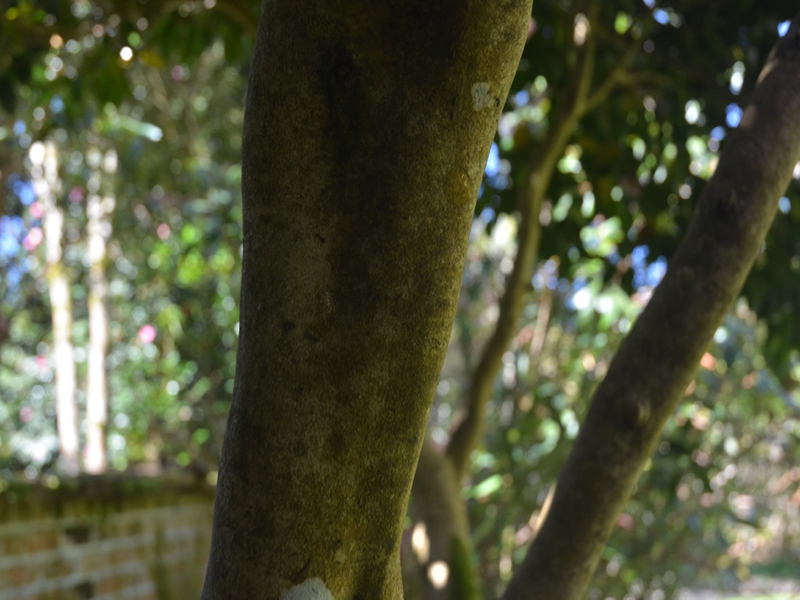Camellia japonica 'Magnoliiflora' (Magnolia Flowered Camellia, Hagoromo Camellia, Magnolia Flowered Japanese Camellia)
Botanical Information
| Genus | Camellia |
| Species | japonica |
| Cultivar | 'Magnoliiflora' |
| Synonyms | Camellia japonica 'Hagoromo' |
| Category | Woody |
| Type | Shrub (evergreen) |
Details
| USDA Hardiness Zone | 6 - 10 |
| USDA Hardiness Ref. | |
| Canadian Hardiness Zone | 7 - 9 |
| Canada Hardiness Ref. | |
| RHS Hardiness Zone | H7 - H2 |
| RHS Hardiness Ref. | |
| Temperature (°C) | -20 - 5 |
| Height | 2.5 - 4 metres |
| Spread | 1.5 - 2.5 metres |
| Growth | Medium |
| Flowering Period | April |
Description and Growing Information
| Shape | A wide-spreading, medium-sized shrub. |
| Landscape | Can be grown as a shrub along a wall or in a container, as well as a border or specimen plant. Could also be used to create an informal hedge or in a woodland setting. It is striking enough to be used in more urban gardens. |
| Propagation | Semi-hardwood cuttings taken in late summer to autumn, using a mild hormone, bottom heat and mist produce the best results. |
| Cultivation | Grow best in a neutral or acid soil that is humus-rich, moist and free-draining in a semi-shaded area. |
| Pests | Aphids, scale insects, vine weevil, honey fungus, phytophthora root rot, camellia gall, camellia leaf blight, and flowers may be infected by camellia petal blight. |
| Notable Specimens | Trengwainton Garden, Madron, near Penzance, Cornwall, United Kingdom. |
| Habitat | Horticultural origin. |
| Leaf Description | Narrow, twisted, glossy leaves. |
| Flower Description | Narrow, twisted, glossy leaves and blush-pink, semi-double flowers with narrow petals, to 10 cm across. |
Photographs

Camellia japonica 'Magnoliiflora', form, Trengwainton Garden, Madron, near Penzance, Cornwall, United Kingdom.

Camellia japonica 'Magnoliiflora', leaf, Trengwainton Garden, Madron, near Penzance, Cornwall, United Kingdom.

Camellia japonica 'Magnoliiflora', flower, Trengwainton Garden, Madron, near Penzance, Cornwall, United Kingdom.

Camellia japonica 'Magnoliiflora', bark, Trengwainton Garden, Madron, near Penzance, Cornwall, United Kingdom.
Awards
